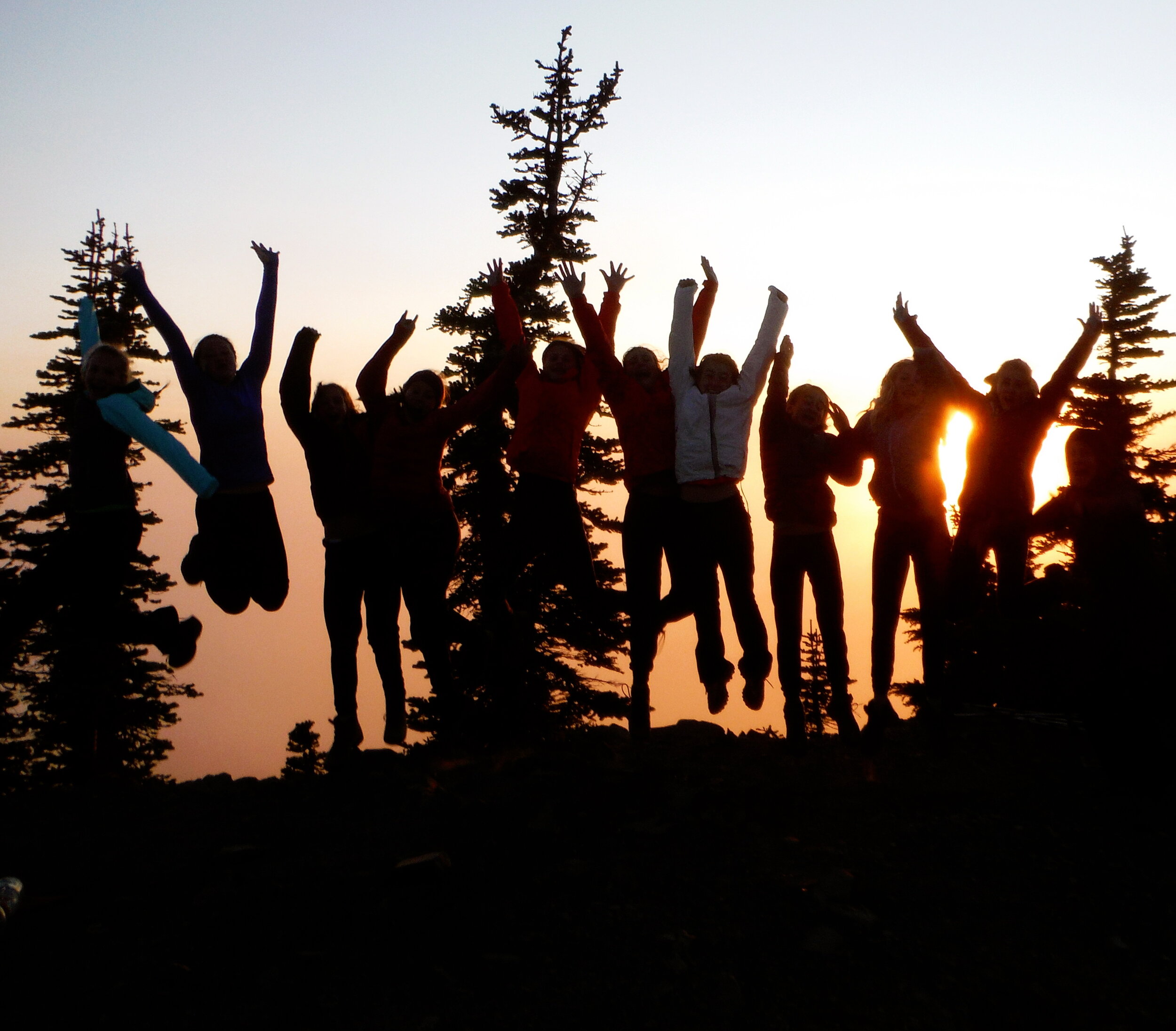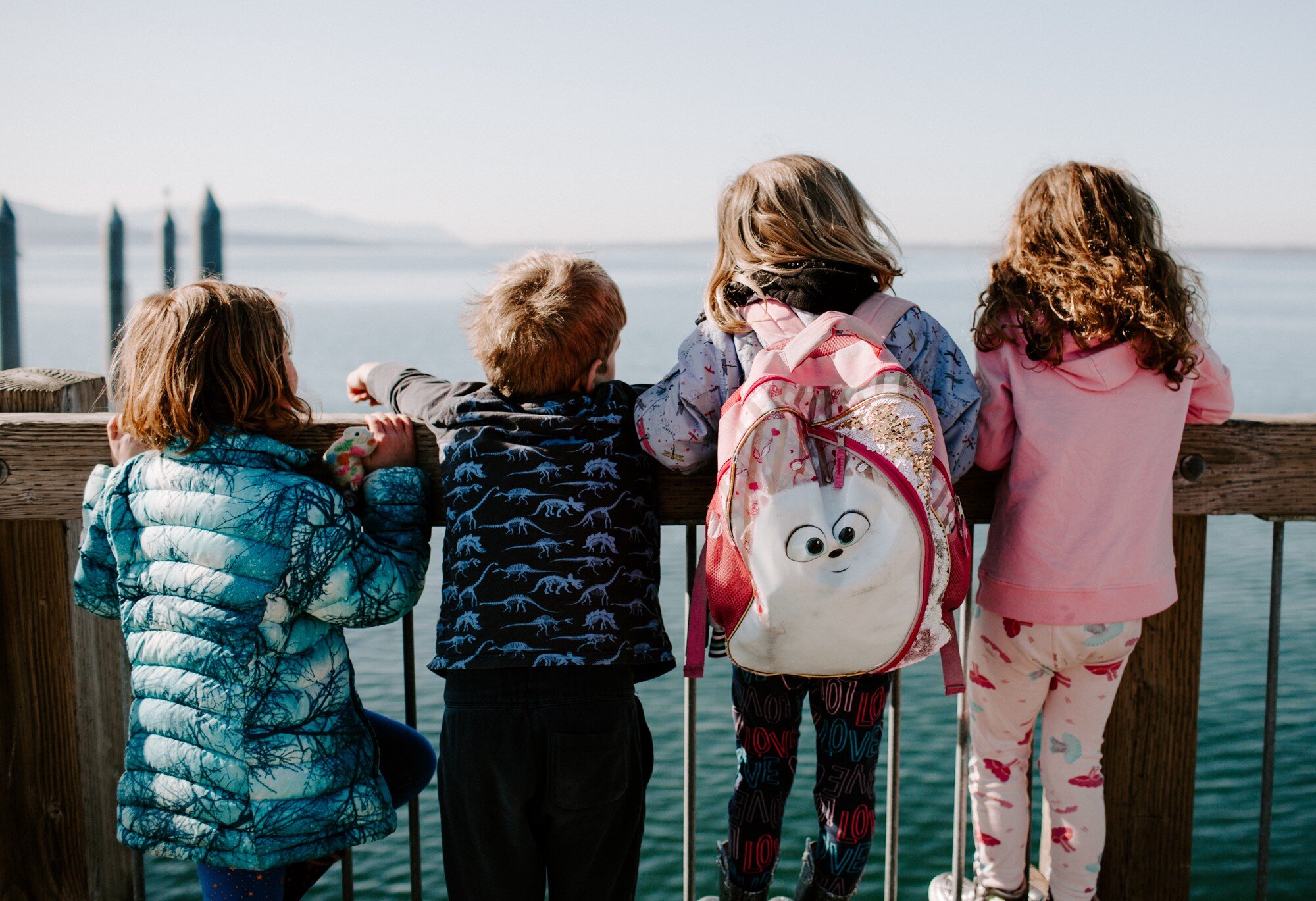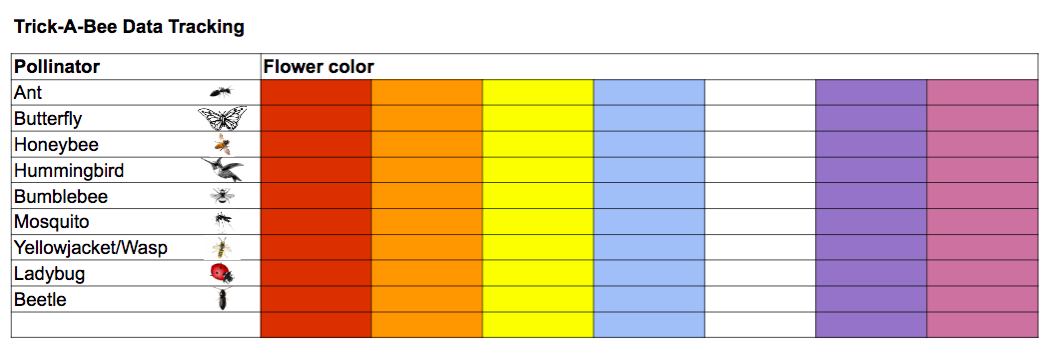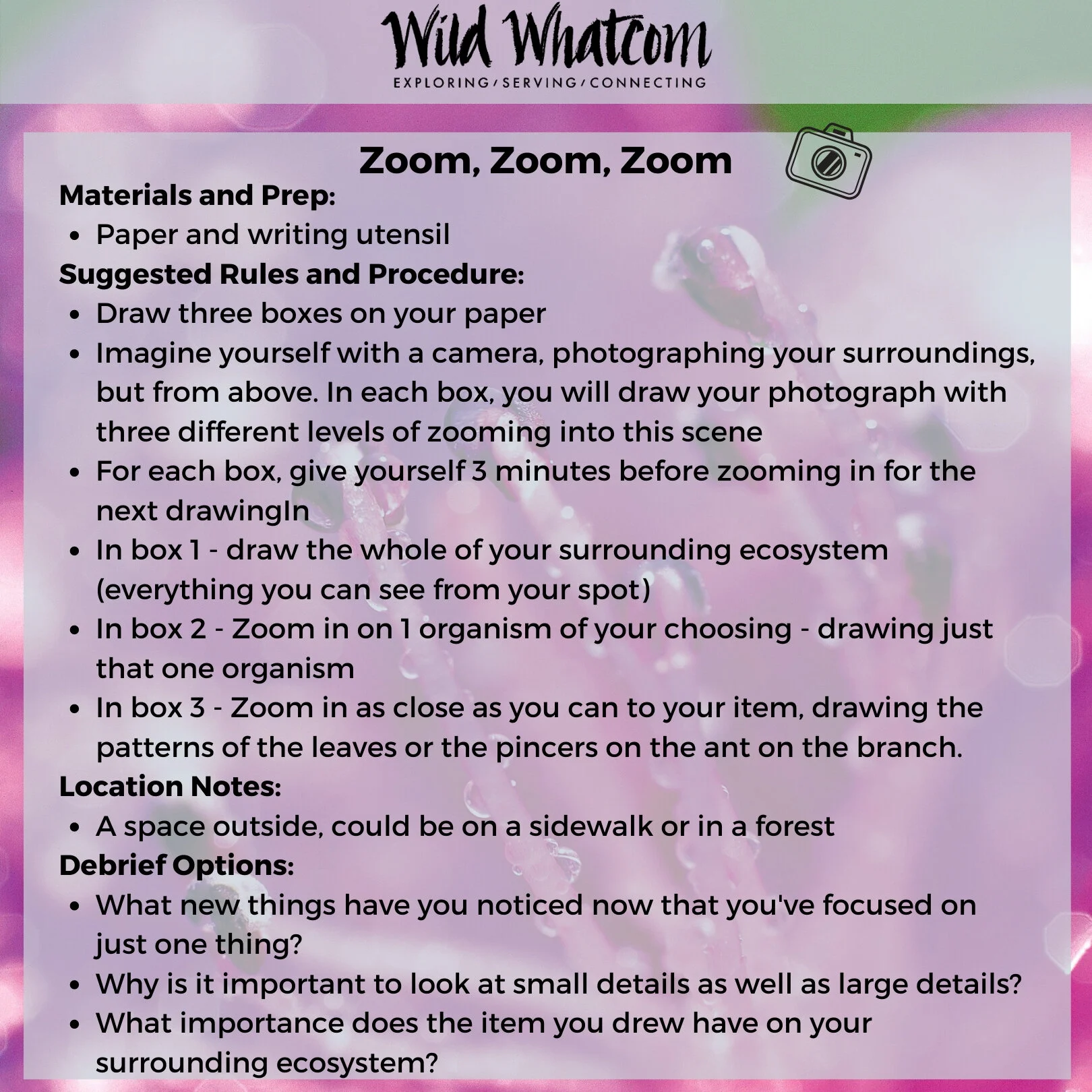Our local school districts mobilized quickly in the spring focusing first on child care and free meals to ensure students were sheltered and nourished. Shortly thereafter, local teachers worked tirelessly to bring education into the households of every child in the district, enabling families to connect with district-issued technology and tech support and setting up wireless connections. However, despite the commendable efforts by our education leaders, the county (and world) is learning more about how online learning only increases existing inequalities as some students may not have the time, space, or support to utilize technology in the home.
The outdoor education field, which helps to augment in-classroom learning, has also been hit hard by the pandemic, unable to support students during this time. Preliminary research from a May 2020 survey on the impacts to the industry from the Lawrence Hall of Science at the University of California, Berkeley estimates that by December 2020 (5):
Some 11 million kids who would have been served by 1,000 organizations will have missed environmental and outdoor science learning opportunities. About 60% of them are from communities of color or low-income communities.
It is highly likely that 30% of these organizations will not reopen.
Over one-third of the outdoor education field - up to 65% - will likely have disappeared, eroding a key component of the nation's education infrastructure
For many outdoors-focused organizations, including ours, in-person programs have ceased since mid-March in line with public school closures, and residential facilities are now forced to revise their business model as the pandemic may continue to prevent large, indoor gatherings for months.
During this unprecedented time, there is also potential for an unprecedented collaboration across organizations and schools to support youth in equitable and safe learning. Keren Bitan and Ben Greené, who are co-leading WCEE as a program of the Whatcom Community Foundation, share “as the pandemic has forced so many organizations to rethink and adapt, it is incredibly inspiring to see these leaders setting a powerful example by working together for the benefit of every young person, creating new models of safe, equitable and inclusive learning outside.” A strengthened partnership between schools and outdoor educators may both reduce the COVID-19-related risks of in-person instruction and peer-to-peer connection and save an invaluable industry in the community.
Our Executive Director welcomes the collaborative support that WCEE brings and shares her hopes for our future:
“Though this time has been difficult for our organization, I am incredibly hopeful for the opportunities that lie ahead.
Integrating outdoor learning into our educational institutions is just one of the ways in which we can leverage this moment to begin building a more just, sustainable, and healthy society together.”
— Licia Sahagun, Wild Whatcom Executive Director
We are currently running an adapted version of our summer programming in July with reduced group sizes, masks, social distancing, and other safety measures. We are also piloting virtual programs similarly to others in town (including the City of Bellingham, Common Threads, Garden of the Salish Sea Curriculum, Nooksack Salmon Enhancement Association, North Cascades Institute, RE Sources for Sustainable Communities, Whatcom Conservation District) hoping to encourage participants and families to stay connected and get outside.
If you would like to learn more about the coalition, visit their website at www.whatcomenvironmentaleducation.com. And consider a donation to the coalition or Wild Whatcom today to support this vital work.
——————
RESOURCES
Hiroshi Nishiura, Hitoshi Oshitani, Tetsuro Kobayashi, Tomoya Saito, Tomimasa Sunagawa, Tamano Matsui, Takaji Wakita, MHLW COVID-19 Response Team, Motoi Suzuki. 2020. Closed environments facilitate secondary transmission of coronavirus disease 2019 (COVID-19).doi: https://doi.org/10.1101/2020.02.28.20029272
Hua Qian, Te Miao, Li LIU, Xiaohong Zheng, Danting Luo, Yuguo Li. 2020. Indoor transmission of SARS COV2.https://doi.org/10.1101/2020.04.04.20053058
Bratman, Hamilton, Kahn, Daily, Gross (2015). Nature experience reduces rumination and subgenual prefrontal cortex activation. Proceedings of the National Academy of Sciences Jul 2015, 112 (28), 8567-8572. doi:10.1073/pnas.1510459112
Frumkin, et. al. (2017). Nature Contact and Human Health: A Research Agenda. Environmental Health Perspectives, Jul 2017, 125 (7). Doi: https://doi.org/10.1289/EHP1663
COVID-19 pandemic could slash environmental, outdoor science education programs in half nationwide. Lawrence Hall of Science at University of California Berkeley. June 10, 2020. Available at: https://www.lawrencehallofscience.org/about/newsroom/press_releases/environmental-outdoors-edu-threatened-covid
























